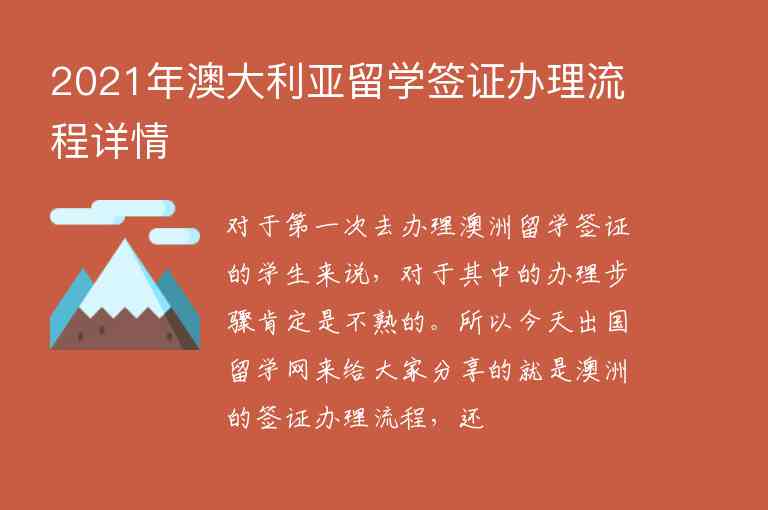意思:跟进,后续,随后的行动或措施。
怎么读:[ˈfɒləʊ ʌp]
用法:follow-up作为名词时,指跟进的行动或措施;作为形容词时,指随后的、补充的;作为动词时,指跟随、追踪或继续进行某项活动。
例句1:After the initial meeting, our team will schedule a follow-up to discuss the details further.(在初次之后,我们团队将安排一个跟进来进一步讨论细节。)
例句2:The doctor will do a follow-up examination next week to see how your condition is progressing.(医生将在下周进行一次跟踪检查,以了解你的病情进展。)
例句3:We need to have a follow-up plan in place to ensure the success of this project.(我们需要制定一个跟进计划来确保这个项目的成功。)
例句4:The company sent out a follow-up email to all the customers who had purchased their product.(公司向所有购买过他们产品的客户发送了一封跟进邮件。)
例句5:It's important to have a follow-up strategy in business to maintain good relationships with clients.(在商业领域中,拥有一个跟进策略对于与客户保持良好关系至关重要。)
同义词及用法:
1. Follow-through:作为名词时,指完成或贯彻某项行动的能力;作为动词时,指贯彻、遵循或执行某项行动。
例句:We need to have strong follow-through to ensure the success of this project.(我们需要有坚定的执行力来确保这个项目的成功。)
2. Continuation:作为名词时,指延续或继续;作为形容词时,指连续的、持续的。
例句:We will have a continuation of this discussion in our next meeting.(我们下次将继续讨论这个问题。)
3. Subsequent:作为形容词时,指随后的、接下来的。
例句:We will have a subsequent meeting to discuss the details further.(我们将有一个随后的来进一步讨论细节。)
编辑总结:
follow-up是一个常用且多功能的词汇,在商业和日常生活中都有广泛应用。它可以作为名词、形容词和动词使用,分别表示跟进行动、随后的补充或追踪,并且可以与其他同义词如follow-through、continuation和subsequent等搭配使用。在写作中要注意根据具体语境选择合适的用法,并且避免重复使用相同的表达方式。


